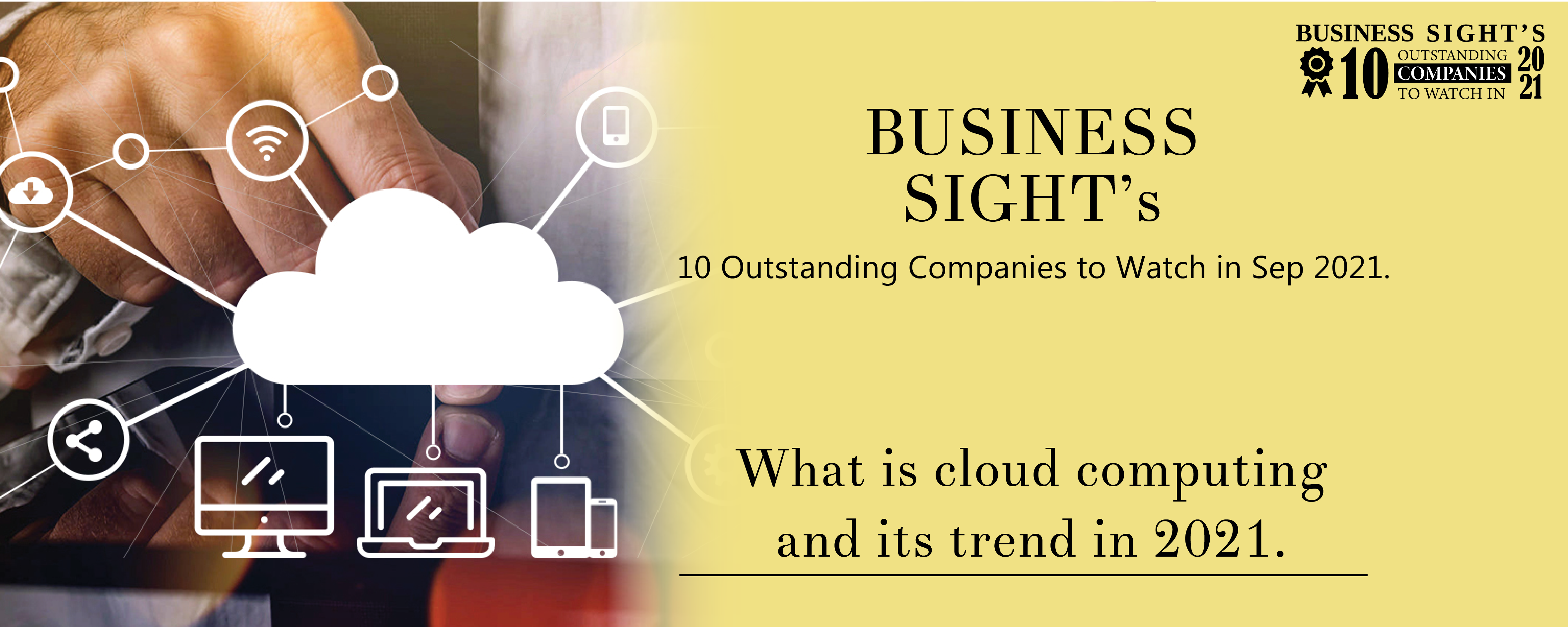The landscape of technology is becoming interesting with every passing day. Data is emerging as a new economic hashtag. The emergence of data as a potent source of competitive advantage and value builder in government, businesses and social sector enterprises are clearly becoming prominent. Variety of data, in volumes of petabytes are being generated at high velocity of throughput. It contains hidden patterns, meanings and insights that are impossible for the human brain to decipher.
Luckily the machine is coming to our rescue. With the earlier wave of digital represented by SMAC becoming mainstream today, a new wave that is capable of handling volume, variety and velocity of data is fast evolving. Made up of a set of complementary technologies like Artificial Intelligence (AI), Machine Learning (ML), Internet of Things (IoT), Natural Language Processing (NLP) and Blockchain, the new wave is opening plethora of opportunities to meaningfully exploit the data. This is helping organisations design innovative products and services, and render efficiency and effectiveness in time to market or launch. While enterprises and governments are pulling up their socks for harnessing the data deluge, the core infrastructure technologies are also evolving to support the drive. Hyper converged infrastructure, micro services, containerisation and DevOps, all represent new technologies aimed at providing speed, agility, and efficiency.
Do you know that 90% of the data present today has been produced in the past 2 years? Data driven insights are allowing machines to automate and collaborate meaningfully, opening up the possibilities of an autonomous world.
By exploiting the power of AI/ ML to
manage the core infrastructure and applications, autonomous IT services
management is also becoming real. The future is going to be that of Hybrid IT
and that of seamlessly connected IT infrastructure belonging to multiple
generations and from multiple suppliers, the real game will be defined by the
degree of autonomy with which it can be managed effectively.
This journey towards building an
autonomous organisation can be extremely frustrating for the CIOs if undertaken
alone. The speed at which new technologies are coming into the mainstream,
disrupting the status quo and providing strategic advantage to those prepared,
is mind boggling. Top CIOs are investing in this learning as their greatest
investment activity through a collaboration with technology partners, peer forums
and internal huddles.
Support and service management tools
are evolving using the power of AI/ML/IoT to create highly responsive, agile
and efficient services. Service Providers, are left with no choice but to
develop competencies of the tech force through imparting knowledge, teaching
skills and motivating them in adapting behaviours that support the shift from
an automated to the autonomous organisation. Not too far ahead, these will be
the new normal for technology services.























